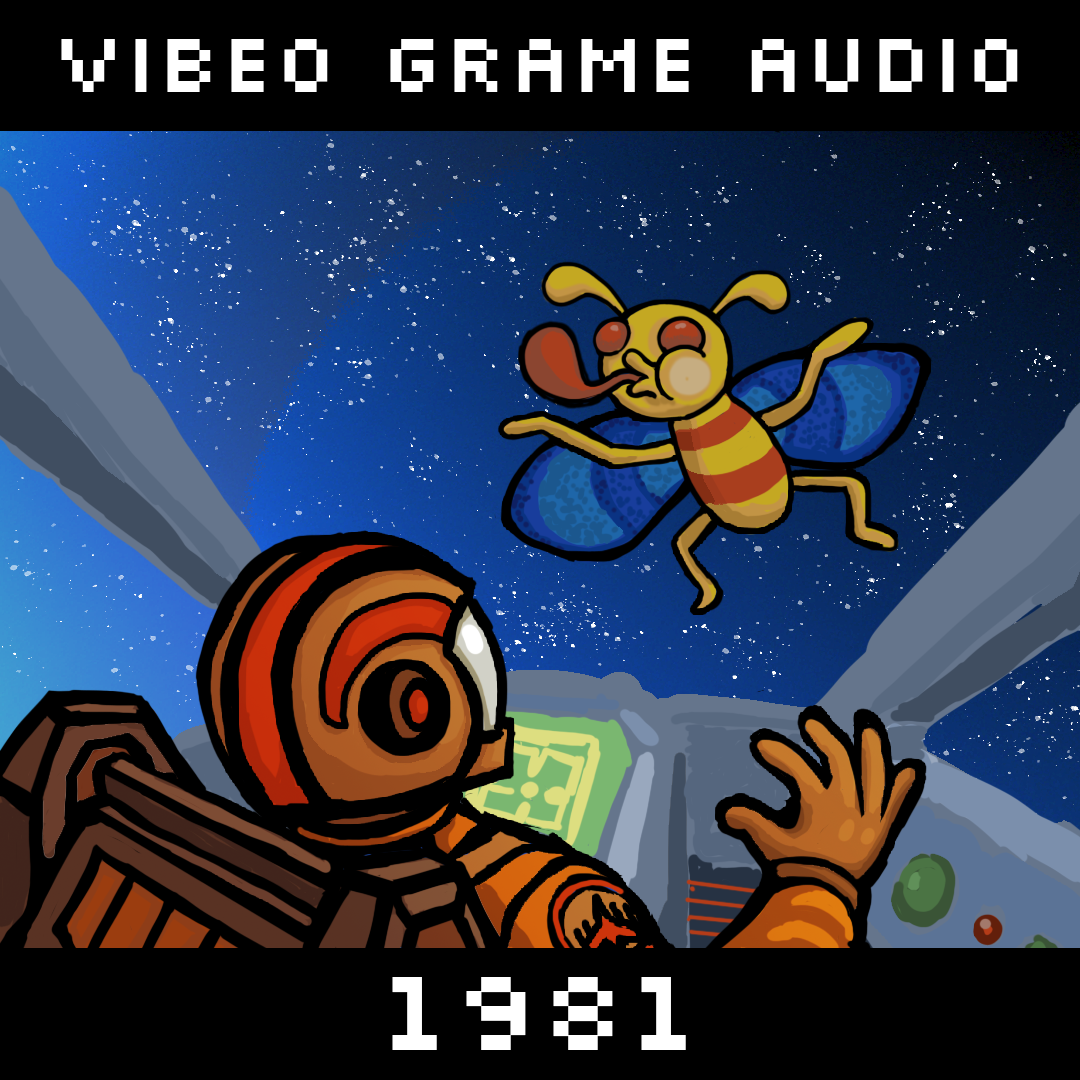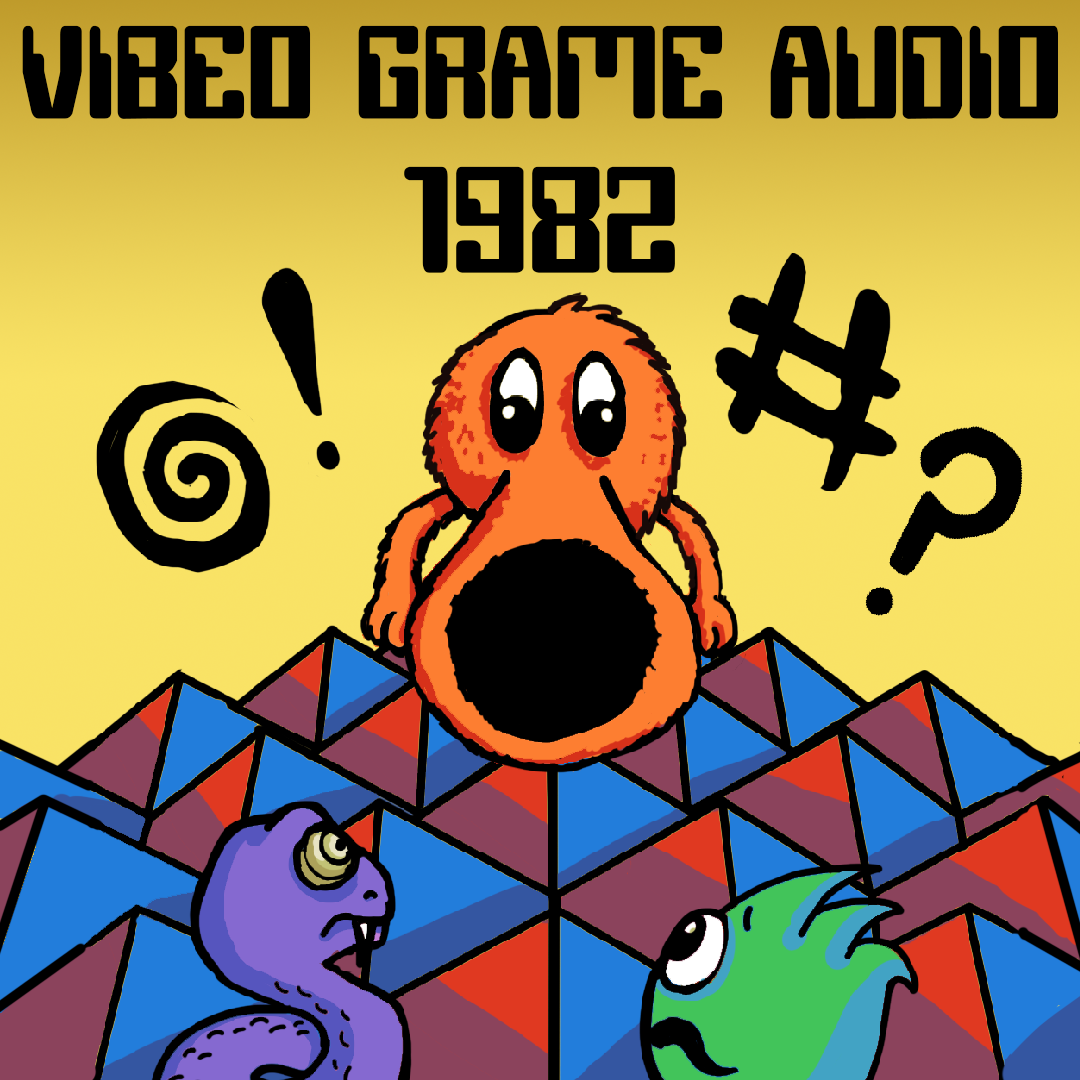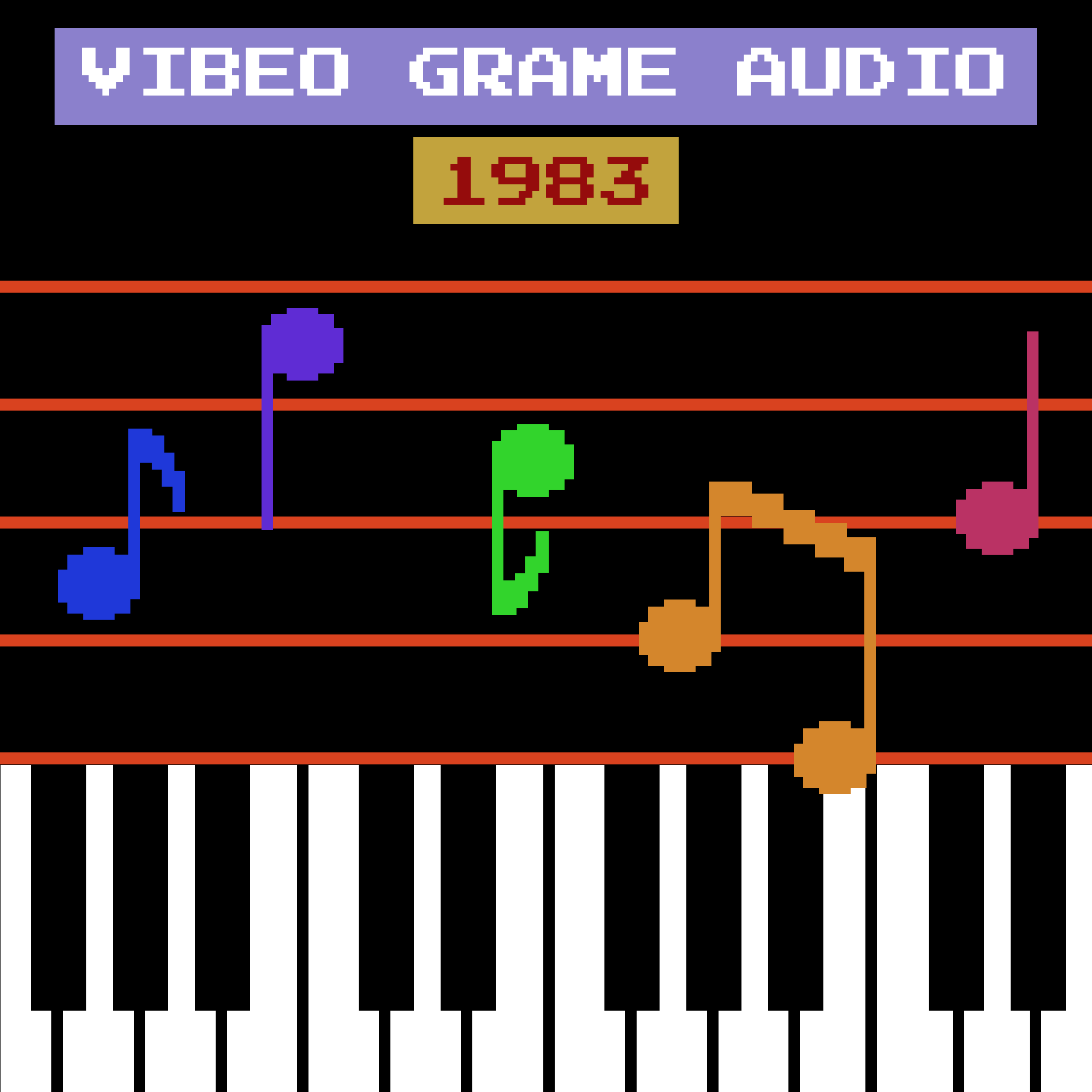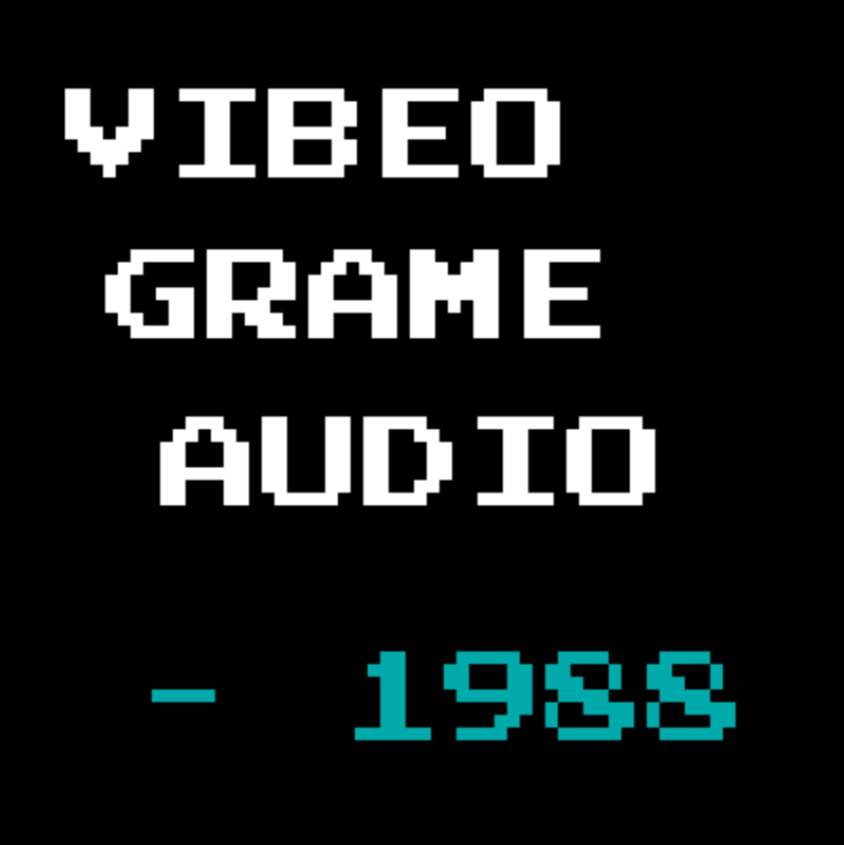Finally, it’s time for the 90s, the decade where video games make the largest graphics and audio leap in their entire history. I’m not kidding. We begin this decade with the final years of the NES and other third-gen consoles, with their simple sprite-based 2D graphics and 3-channel waveform sound, and we end it with real-time 3D rendering and full CD audio. Previous decades were dominated by arcades, but the 90s saw their decline and eventual obsolescence once the consoles and PCs caught up and surpassed them. (Before the Gen Xers come in here to complain, I know that arcades still exist and always will, but they will never again be what they were.)
1990 is as good a year as any to introduce the Fourth Generation of Video Game Consoles, also known as the 16-bit era. Technically, one could point to 1987 being the start with the release of the NEC-PC Engine, known in the US as the TurboGrafx-16. One could also look to 1988’s release of the Sega Mega Drive, known as the Sega Genesis, but I’m doing that one either. No, I’m picking 1990 to introduce the generation because it brought us the king of all the fourth-gen consoles, the legendary Super Nintendo (SNES). This console had a whopping 8 sound channels available and it was possible to use almost any audio sample (if it was small enough) as an instrument. Even the Genesis, Nintendo’s only real competition at the moment, only had 6 channels with far fewer possible sounds. I would love to pretend the Genesis vs. SNES audio war is one of equals, but it’s not. It’s a short-lived reign, but for the first couple of years in the 90s, no one did sound as well as Nintendo.
I haven’t even gotten into the Handheld Console systems. While handhelds had been in use since the early 80s, they didn’t explode in popularity until the fourth generation. First to market was Nintendo’s Game Boy, which had dropped the previous year of 1989, followed shortly by the Atari Lynx. Then in 1990 we got the Sega Game Gear and PC Engine GT. Suddenly you could play games not too much worse than the NES while you were on the go! Well, provided you had good light and twenty-three batteries at all times and you weren’t trying to play in the car at night. As far as audio goes, most handhelds didn’t offer much, but you might see one or two games on this list from time to time. Once again, Nintendo demolished their competition in this console generation. The second-place winner was Sega’s Game Gear, selling an impressive 11 million units. Well, the Game Boy sold 118 million. Yes, the early 90s was a great time to be a Nintendo fangirl.
Dishonorable Mention: King’s Quest V
Hi, folks! Just popping in before we get to the top ten. I feel I have to at least bring up King’s Quest V for this year’s list even though it won’t make the top ten, simply because of how famously bad the voice work is. In case anyone is like “ooh are you going to talk about King’s Quest V and the hilariously bad voice acting oooooooh” well here’s your blurb. Venmo me six thousand dollars.
#10: Mega Man 3
Composer: Yasuaki Fujita, Harumi Fujita
Platform: Console (NES)
For those living it, the start of the decade didn’t feel like much had changed. It makes sense, you know, since these games were being developed in the late 80s. The music was still 80s music, the graphics were still 80s graphics, and the play style was still difficult 80s arcades. So there’s no better way to start off this list of the best of 1990 than with something distinctly 80s, is there?
I’m aware that Mega Man 2 has the most famous soundtrack of the franchise’s NES days (if not the franchise as a whole). It’s a good one. But I think there’s an argument to be made that Mega Man 3 has music that’s at the same level as the previous installment. I’d go so far as to say this is the peak of the NES games. It’s all downhill from here as the formula really starts to show its age through the 90s. But for this one brief moment, Mega Man is on top. Well, except for the other nine on the list.
#9: Digital Devil Story: Megami Tensei II
Composer: Tsukasa Masuko
Platform: Console (Famicom/NES)
As per my last entry, while the NES and Famicom were supposedly the same system, the Famicom had more advanced audio capabilities. Digital Devi Story: Megami Tensei II (there’s a mouthful) was one of the few to really take advantage of this, so I recommend listening to the Famicom version of the soundtrack. I’m not sure why there even is an NES version of the OST floating around, since the game has never, to this day, been released outside of Japan. As far as I’m aware there was never an NES cartridge officially made for it, and I’ll be damned if I’m going to do actual, real research for these articles.
Anyway, after all that, the soundtrack is hit or miss, as is common with even the greatest music from this era. The hits more than make up for the other tracks, though. Plenty of tunes avoid falling into the generic 80s action chiptune style that I’m starting to wish was never invented, but not all of them. (You try listening to every soundtrack you can get your hands on through the 80s and see how long you last.) The drum samples sound great, of course, helping drive the music when that action style is called for in tracks such as Jump Up and Daedalus. Other tracks, such as Omen and An Encounter, lean heavily into a creepier atmosphere, which works well even with the harsh and unrealistic waveforms. I’m reminded of some of the old-school Castlevania soundtracks in a good way. You know what, I should just listen to Castlevania again.
Watch a partial playthrough of Digital Devil Story: Megami Tensei II (not a lot of playthroughs online of this one)
Listen to the OST
#8: Pictionary
Composer: Tim Follin
Platform: NES
For those of you who haven’t yet heard of Tim Follin, I’m so glad to introduce you to his music here. He composed for a lot of games from the late 80s through the 90s, though the vast majority of his output is for obscure titles. What he excelled at was pushing these old machines to their limit. There were two of his titles I considered for this list, both of which are great examples of getting the most out of primitive sound cards. However, let me remind you that it takes more than technical wizardry to get on the list, especially when there are so many other technically good games. Pictionary has the edge, though, not just because of Follin’s technical prowess, but because the music is just so dang catchy.
Unfortunately, the game itself does not do the music justice. Games are more than soundtracks with visuals. Yes, most of my judgement has to do with the OST on its own, but I’m also looking at how the music is integrated into the game, and Pictionary’s music is not integrated very well. It’s not Tim Follin’s fault for that. It’s probably no one’s fault. There are just too many technical limitations with the console. Channels are constantly dropping out as sound effects play, and the scenes are far too short to really hear enough of each track to appreciate it. This is a shame because the tracks really are good, good enough to make the list in spite of how the game itself sabotages the music. Check out the gameplay to see for yourself what I mean, but be sure to listen to the OST on its own to hear Follin’s genius as he meant you to hear it back in 1990: in a YouTube video.
#7: Ultima VI: The False Prophet
Composer: Ken Arnold, Todd Porter, Herman Miller, David Watson
Platform: PC (DOS)
I think I’ve put every eligible mainline Ultima game on this list so far, and for good reason. However, just as the Ultima series faded into obscurity in the 90s, so too I feel their presence on this list is going to vanish. They hit their peak in the fourth installment and aren’t getting better. Don’t get me wrong, Ultima VI has good music, and there’s an argument to be made that it serves as a standard for RPG soundtracks during the late 80s and early 90s. But compositionally, it’s middle-of-the-road. Ultima forged the path and was responsible for every great RPG to come after, but it will never again be what it was.
But I still think this one is worth coming back to for a listen every once in a while. Nothing beats that opening “Bootup” track, which is 80s in all the best ways, with its ominous yet tantalizing synth. This installment of Ultima also has the best version of “Stones” in my humble opinion.
#6: F-Zero
Composer: Yumiko Kanki, Naoto Ishida
Platform: Console (Super NES)
Here comes the Super Nintendo to knock out the competition. Showing off all the capabilities of this new system is F-Zero, a launch title for the console which also happens to function as the perfect tech demo. F-Zero manages to pack in just about every trick the system had to offer. There’s stereo sound with panning instruments, volume changes, ambient noises during tracks, multiple varied themes using distinct instruments, and for good measure some classic effects like reverb.
And all this is still primitive in context of what the SNES is capable of. It’s typical that, when faced with new hardware and programs, composers will take some time to master their use. As a console ages, its soundtracks will get more and more complex. So if F-Zero is where we’re starting with the SNES, imagine where things will go throughout the rest of the 90s! Chiptune music has already been on the way out for a couple of years by now, but with the release of the SNES and titles like F-Zero, the final nail is driven into the coffin. After this year’s list, chiptune soundtracks will be few and far between.
#5: Final Fantasy III
Composer: Nobuo Uematsu
Platform: Console (NES)
Of all Uematsu’s Final Fantasy soundtracks thus far, FFIII is easily his best - making it his best NES soundtrack. However, I still think that Uematsu is yearning to write for a more advanced system. His compositions strain against the limitations of hardware which is really starting to show its age. Even so, he cranks out amazing work, and this is by far the most ambitious one. The soundtracks tops out at anywhere from 50 to 70 minutes, depending on how many times you loop the tracks.
It kicks off strong with Crystal Cave, which begins with a falling sound effect to match the action. In My Home Town, the basic town theme, Uematsu experiments with long-form melody, where the tune never repeats anything until the end of the pretty lengthy loop. I’m also a big fan of Eternal Wind, the overworld theme, which layers the accompaniment “wind” figure masterfully under the melody. Then we have The Boundless Ocean, one of the most hauntingly beautiful tunes in the entire NES era.
Tell you what, I’ll stop there. If I wanted to point out every track that did something interesting I’d just be listing all the tracks in the game.
It’s too bad this game didn’t get a release outside Japan for so long. Despite being made in 1990, it was not ported outside of the country until 2006 - and that was a 3D version with different graphics and gameplay. If you wanted a version of the original game released outside of Japan (and not on emulator), you had to wait until 2021! It’s an ok game. Great music though.
#4: Loom
Composer: George "The Fat Man" Sanger, Eric Hammond, Pyotr Ilyich Tchaikovsky
Platform: PC (DOS)
It’s a game about music, featuring music as a core mechanic. Of course it’s on the list.
Soundtracks consisting entirely of public-domain music are passe by the 90s. That kind of thing generally happened in the early days because games often didn’t even have composers. So you’d think Loom wouldn’t be eligible for a list that contains titans like Final Fantasy or Ultima. But somehow, I don’t mind that Loom’s soundtrack is all MIDI arrangements of Tchaikovsky. The focus isn’t on the BGM tracks, which only play in a few scenes anyway, but on the musical puzzles that make up the gameplay.
Loom’s use of music as a game mechanic is one of the best that has ever been made. That’s right, in the 35 years since, few games have even come close. If you haven’t played Loom before, you owe it to yourself to try it. (If you’re worried because you’re not musically inclined, don’t be - the game has multiple difficulty options and you don’t need any musical training to master it.)
Note that, if you get the game from any of the usual sources today (like GoG or Steam) you’ll get the updated VGA version, which has improved graphics and some pretty good voice acting. If you really feel the need to experience the original EGA version it’s probably possible to track that game down, but I don’t recommend it. This one is all about the mechanic, rather than the fidelity of the audio or the MIDI soundtrack.
#3: The Secret of Monkey Island
Composer: Michael Land, Patrick Mundy
Platform: PC (DOS)
A quick reminder about sound cards: Some computers at the time came with their own sound capabilities, but others had nothing more than the beeper, or PC Speaker. Luckily, you weren’t stuck with what came in the box. You could modify your PC by adding a third-party sound card, and every card had its own unique sounds built in, a kind of “orchestra” available to the composer, such that you can tell what sound card was used just by listening to it.
What this meant for composers is that, if they wanted to ensure everyone could hear their work, they had to make a version of their soundtrack for many different cards. Oftentimes only one or two survive (assuming they even wrote for more cards than that), usually for the popular AdLib and RolandMT32. If you didn’t have one of those, you likely didn’t have any music at all, and few sound effects at best. The Secret of Monkey Island has at least 9 versions, as evidenced by this video, though I think there are even more out there.
I can only speculate as I am not a video game composer from the 80s and 90s - but I imagine that, in order to keep the composing work to a manageable level, shortcuts were taken to port soundtracks from one card to another. Admittedly, this belief of mine was built from the end backward: I listened to multiple versions of old soundtracks and found out they only sound good on one or two cards, suggesting to me that whoever is behind it isn’t really catering the music to each and every card. Why would they? They’re probably just paid for the one version.
But with Monkey Island, all of the versions sound amazing. Especially amazing is the fact that Michael Land manages to get the music to sound good on the default, one-channel PC speaker. If you don’t know why that’s amazing, try listening to literally any other soundtrack on the beeper and see how long you last. Seriously, check out the linked video above with the 9 versions in it. This is a masterwork.
Watch a playthrough of The Secret of Monkey Island
Listen to the OST
#2: Super Mario World
Composer: Koji Kondo
Platform: Console (Super NES)
HE CAN’T KEEP GETTING AWAY WITH THIS!
Look, I’m not trying to put Koji Kondo at or near the top spot every year a Mario game comes out. But I just can’t put this any lower. I can’t do it. He’s just too good.
Super Mario World is the definitive launch title for the SNES. Don’t get me wrong, F-Zero is a great tech demo and has some nice tracks that I like to listen to for fun. But Super Mario World uses the sound chip to far greater effect, and the composition is much tighter and more cleverly thought out.
I also know from experience how hard it is to make a soundtrack that sounds so basic and make it into something as good as it is. For a while back in the 2000s I was part of the ROM hacking scene and I dabbled in creating my own BGM tracks. At the time, you had to use a rather unmusical system of text files and convert them using a special program, which certainly made things harder. Regardless, I quickly learned that making anything sound good using Super Mario World’s soundfont and the SNES’s sound chip is very, very difficult. These samples in particular are underwhelming on their own and require a lot of work to fit together in a satisfying way. This experience really humbled me because I had always thought of Mario games as having simplistic music for little kids, a style that any idiot could make with their ears plugged. Now I know, after trying to replicate it, that Super Mario World is the work of the master. Forgive me, Kondo. I wasn’t familiar with your game.
You know what, don’t just take my word for it - listen to these particular tracks:
Title Theme, for economy of scale. Such a cohesive and catchy tune with what sounds like almost nothing.
Overworld, a prime example of something that sounds “kiddie” but is incredibly difficult to recreate on the SNES.
Athletic, a tune that manages to get SMW’s god-awful “piano” sample to sound good, and for that Kondo should have a Grammy.
Underground, for the drums. I don’t know how Kondo did that. I’ve heard the samples on their own. Beautiful stuff.
Haunted House, for the “ghostly” ambience.
Fortress, for no other reason than I like it.
The Evil King Bowser, for clever use of SNES’ pitch bend and tempo change abilities right at the top.
#1: Dragon Quest IV
Composer: Koichi Sugiyama
Platform: Console (NES)
Not just the best Dragon Quest soundtrack so far, not just Sugiyama’s best work to date - this is the best NES soundtrack ever written.
As is the case with RPGs on the NES, you can hear how this music would sound great with a real orchestra. It was the case with Final Fantasy III earlier on this list. But unlike that game, and unlike any other NES game while we’re at it, Dragon Quest IV doesn’t sound like it’s missing anything here. The arrangements don’t sound incomplete. Sugiyama has fully mastered getting the NES to sound like the NES, to sing with its own voice, so to speak. Something you’ll notice if you listen to a lot of retro chiptune soundtracks is that, after a while, they all start to sound the same. It’s a natural consequence of having such a small number of channels and few waveforms to choose from. And yet, with Dragon Quest IV, every track has its own sound and style such that you couldn’t possibly mistake one tune for another. There is so much variety and inventiveness within this one hour of music that it’s hard to believe this is the same system that gave us Ice Climbers and Balloon Fight only a few years back.
Do you want to listen to something that sounds like Baroque music? Try the Menuet. Or if you’d prefer something more in line with the Classical period? Try Torneko’s Theme. Do you want a quaint and homely melody? Try In a Town. Modernist with a bit of 20th-century counterpoint? Cursed Towers. Something expansive and hopeful? The Warrior Conquers Alone. A tarantella crossed with Adventures of Ivan? Tomboy Princess’ March. Tin Pan Alley lite jazz? The Casino Rag. Neo-primitivism? The Coliseum Tournament. Something more martial? Wagon Wheel’s March. Classic JRPG melody? Go for Expanding the Map. How about a long tune that matches a floaty waltz with angular quasi-atonal meandering like Bartok? Balloon’s Flight. Of course, we can’t forget the Finale, a 10 minute long sequence just begging to be orchestrated.
What a great way to start the 90s. Yes, the era of chiptune’s dominance is over, but before it goes, here comes Dragon Quest IV with one last perfect send-off. It’s an unmatched soundtrack for the NES - for any 8-bit system. You shouldn’t miss this one.

























